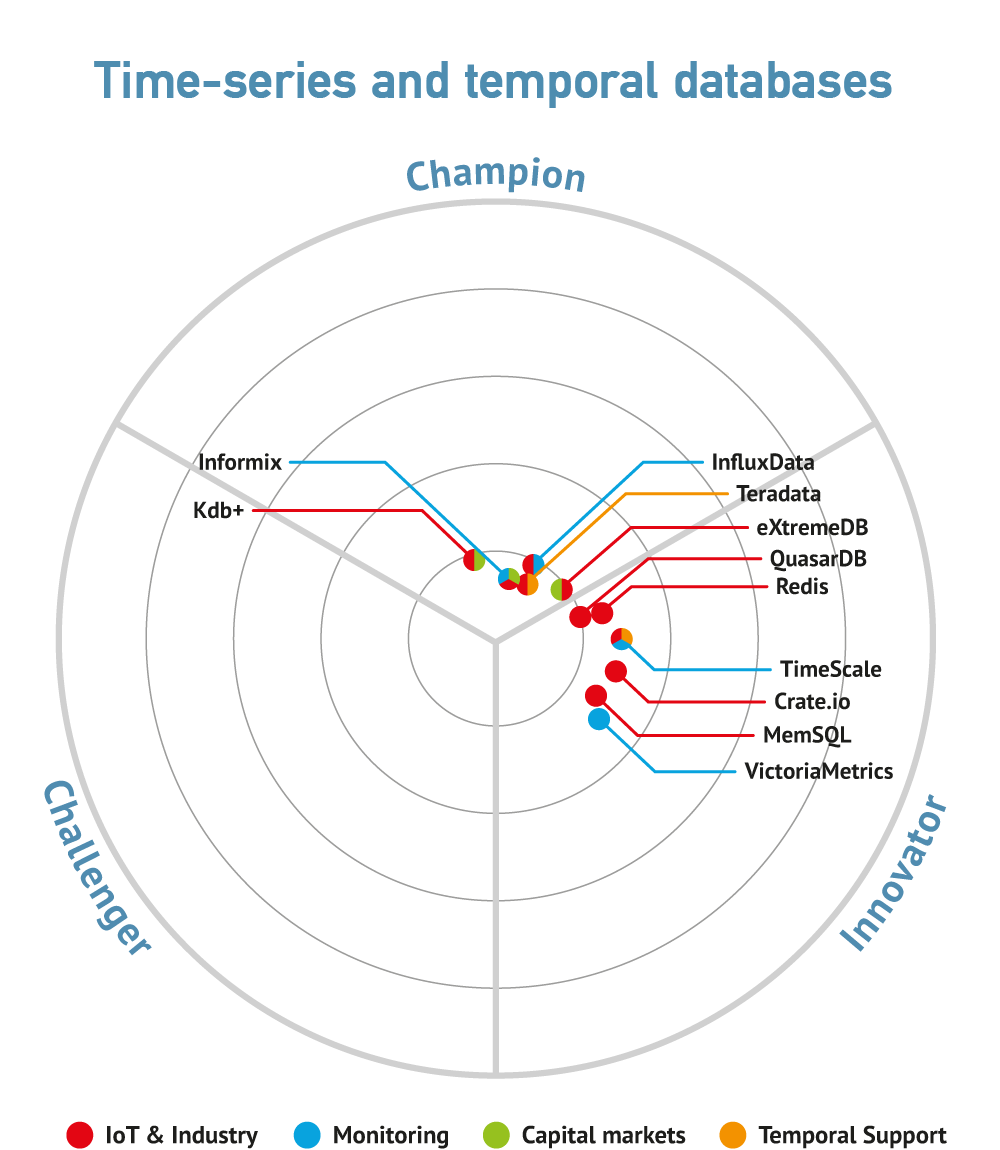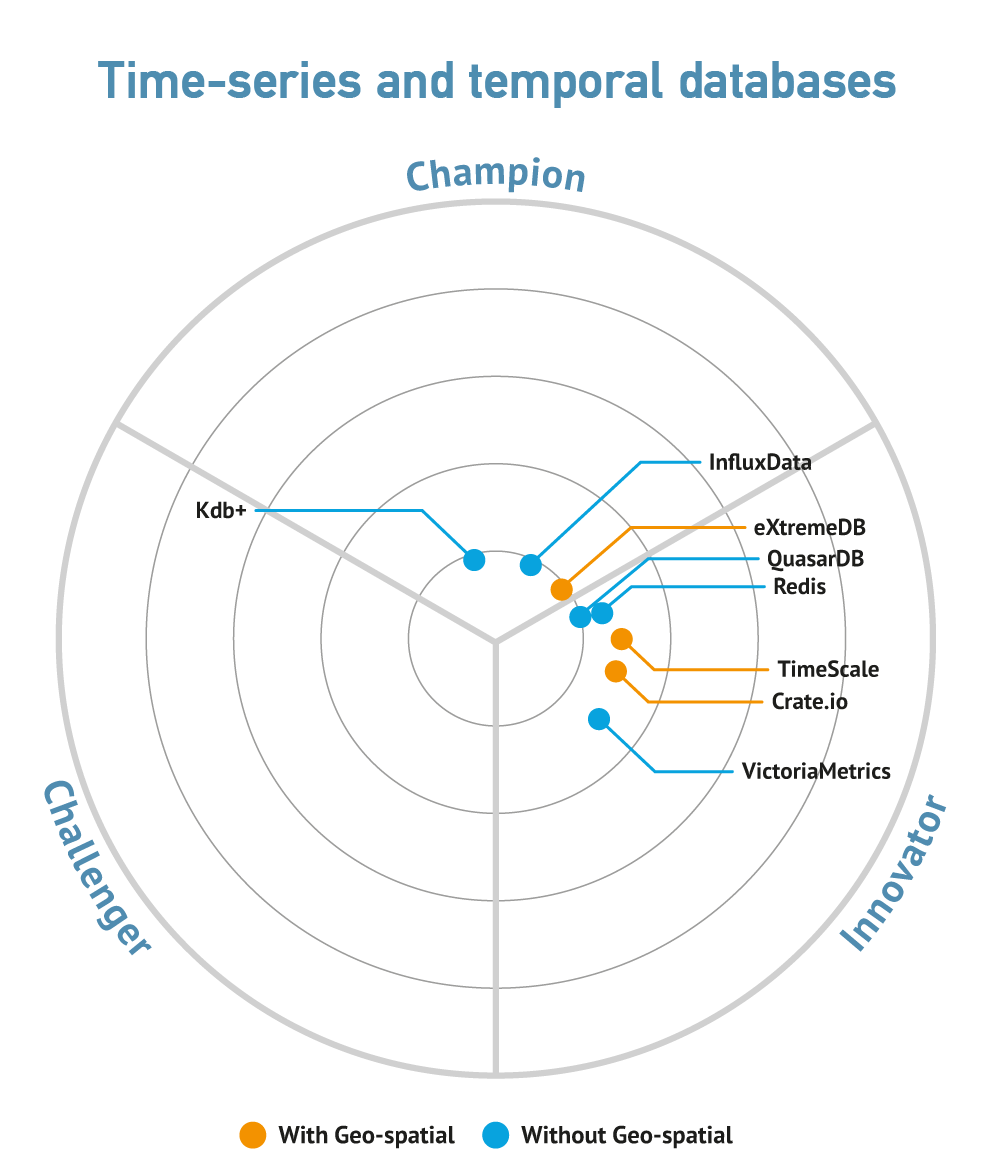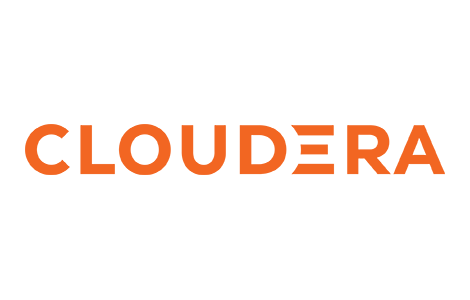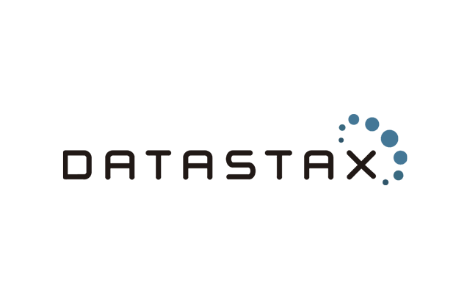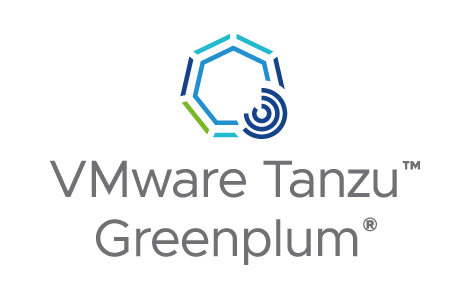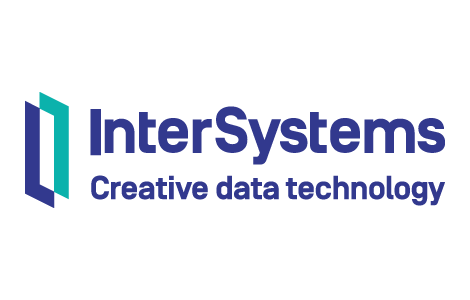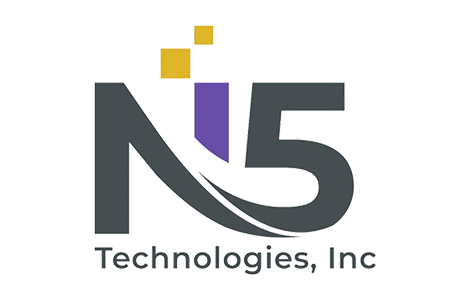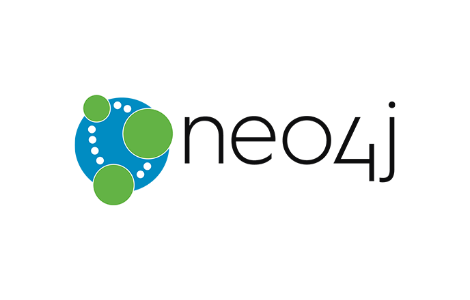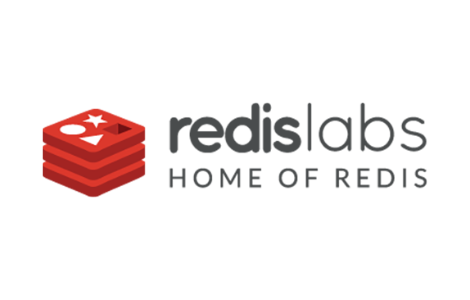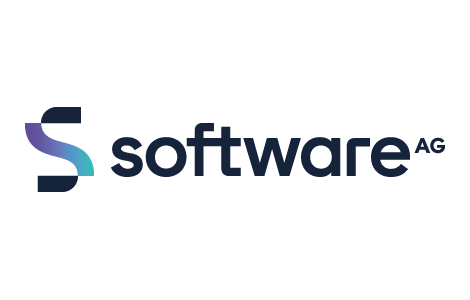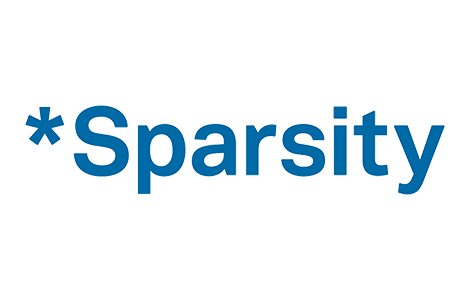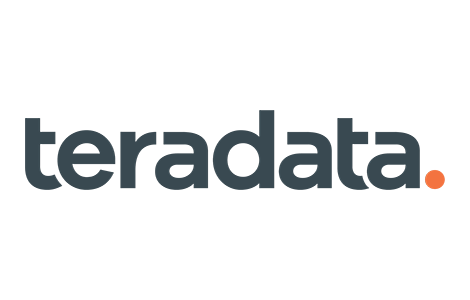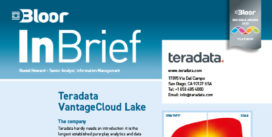Analytics
Last Updated:
Analyst Coverage: Philip Howard
Analytics, also widely known as Business Intelligence, is the collective name for the software applications that turn the data obtained from enterprise operations into an intelligent, actionable picture of what is happening within the business. It covers historic analyses, reporting on (potentially) everything that happened in the past; the ability to drill into that historic data to find the answer to “why” questions; and predictive analyses. The results are usually organised in line with the structure of the business, and by time (the ‘reporting period’).
From that basic level of capability, increased sophistication and complexity has added more functionality, until today’s analytic suites which are extremely powerful and multi-functional. Broad categories of analytics include reporting, dashboards and scorecards using key performance indicators, OLAP (online analytic processing) based on multi-dimensional cubes structured around key dimensions, ad hoc query processing and exploration, and advanced analytics based on machine and deep learning. Analytics may be standalone or embedded within operational processes, and may be based upon data stored in operational databases, data warehouses and data lakes or upon streaming (analytic) platforms. Visualisation is closely associated with such activity.
Many specialist areas within business have their own tailored analytics solutions, so there are strong vertical and horizontal offerings covering the needs of marketers, finance, logistics and so on, and there are solutions tailored to Telecoms, Financial Services, FMCG and so forth. Another way that these technologies are bundled to support specific needs is as an Enterprise Performance Management suite, which may deploy functions such as reporting, OLAP, predictive analytics and visualisation, for a particular target audience (such as the executive level management that wants to understand the big picture), and which is more focused on financial outcomes than operational detail. There are also analytics solutions that focus specifically on areas such as the Internet of Things, time-series data or geo-spatial data. If there is data, there is likely to be an associated form of analytics.
We live in a world with ever-expanding amounts of data. Not only is data growing in volume, it is also very diverse. We are in danger of being swamped by the data and missing the message. The role of analytics is to filter that mass of data and turn it into meaningful, actionable insights. For any operation to run effectively, those who direct it need to make effective decisions and, as the world becomes more global and fast-paced, the ability of everyone to make consistently good, timely decisions is being stretched to the full. Analytics assists by presenting the most important facts, in as accessible a fashion, and in as timely a manner, as is possible. Alternatively, where data and processes are well understood, analytics may be directly embedded into business operations, automating the decision-making process other than in exceptional circumstances.
Everyone who has to make decisions (and that is spreading down from being just the management to embrace everyone in an organisation) needs support to make better decisions, more rapidly and consistently than they can unaided. Increasingly, it is becoming the case that we all have to make decisions on an on-going basis and, if we are to achieve complex corporate goals, everyone must be aligned and consistent in the application of rules. Analytics are becoming ubiquitous in supporting digital transformation and the mutable (agile) business and, as a result, we all need to take an interest, regardless of which department we work in and, increasingly, regardless of the level that we operate at within the company. Financial goals need to link to operational objectives, they need to link, where appropriate, to the responses given to every customer and prospect and all of that is tied together by an analytics solution that enables decentralised capability that is timely and consistent.
From the simple spreadsheet to the most complex of statistical analytics, all forms of analytics have to contend with volume, and big data is a key theme in many analytics solutions. Most people tend to think that this only refers to the scale of what is being processed, but of far more importance than just the scale is the diversity of the data that is now being processed. Not just transactional data, from the enterprise interface to its customers and suppliers, is being exploited; but also all of the low level operational data from the mechanisms used to provide operational solutions (network data, sensor data from machinery, and so forth) in addition to unstructured data such as social media, the analysis of which is a major part of the big data phenomenon. This has led to a proliferation of data lakes and the tools, such as data cataloguing and data preparation, that support the exploration and analysis of data in these lakes.
Another key trend is the move of analytics from a niche technical specialist domain to the general business domain. Intuitive interfaces are now available that enable self-service. Moreover, relevant products no longer require the intervention of IT, thereby enabling support for ad hoc query processes, rather than those that have been pre-defined.
A further important trend emerging as a differentiator is rich visualisation. As the scale and diversity of data accelerates, it becomes ever more difficult to separate what is important from background noise. To help time-pressed decision makers to see critical trends and associations, results are increasingly being presented as graphical representations of the underpinning tabular data.
Finally, there are increasing trends towards the adoption of AI on the one hand and real-time analytics on the other. See Machine Learning & AI and Streaming Analytics Platforms.
The big vendors – IBM, SAP, Oracle and Microsoft – all have analytics offerings that reflect on the importance of this category of solution. All of these are highly credible and, for many, they will provide all that is required. In the case of IBM, analytics is core to its business strategy and has been identified as one of the main pillars for growth. A supplier like IBM can be seen as being as innovative and disruptive as any of the niche players in areas it sees as key with, for instance, its artificial intelligence solutions based on Watson.
However, such is the diversity of the marketplace, and the disruptive impact of Open Source and Big Data technologies, that any attempt made by the big vendors to corner the market is hamstrung by the dynamics and economics of covering so vast an opportunity. So, the market is full of established and emerging niche or specialist players, nearly all of which can offer things of great interest, and of great value to significant elements of the market. Thus, you cannot write off the likes of MicroStrategy, SAS, Splunk, Pentaho, Qlik, Tableau and so on, not to mention newer entrants, such as Guavus, Vitria, Nominum, Accountagility, Board, Domo, Yellowfin, Looker and many more, that are increasingly gaining traction.
Downloads
- AI and Generative AI within an Enterprise Information Architecture - Solix and The Operating System for the Enterprise
- Optimising supply chains in an unpredictable world with InterSystems Supply Chain Orchestrator
- Overcoming Data Challenges for Innovation in Financial Services through 360-degree Business Solutions from InterSystems
- Teradata ClearScape Analytics
- Teradata VantageCloud Lake
Commentary
Solutions
These organisations are also known to offer solutions:
- Accountagility
- Actuate
- Alteryx
- Arria
- BigPanda
- Board
- CYPHER Learning
- Databricks
- Domo
- DRUID
- Franz Inc
- Guavus
- Information Builders
- Insight Software
- Jaspersoft
- Kognitio
- KXEN
- Looker
- Memgraph
- Microsoft
- MicroStrategy
- Nominum
- Ontotext
- OpenText
- Oracle
- Pacific Data Systems
- Precisely
- Qlik
- Rocket Software
- SAP
- Snowflake
- Splunk
- Stardog
- Tableau
- Vaticle
- Ververica
- Vitria
- Yellowfin
- Zizo

